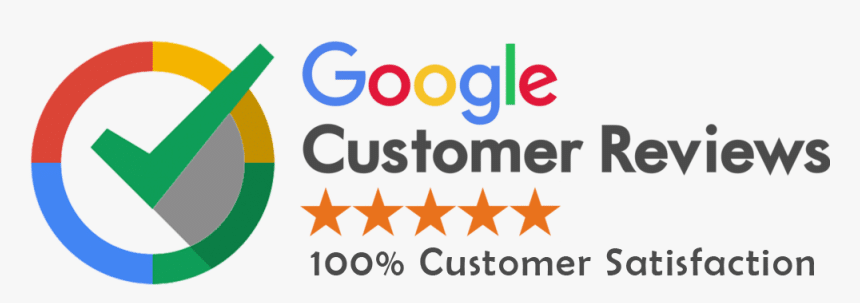How Computers Slow Content Development Creating good content is not just about writing. It begins with thinking, planning, and turning ideas into meaningful words. While computers are powerful tools, sometimes they actually become the reason why your creative process slows down. Many writers and content creators don’t realize that their screens can become their biggest distraction. Let’s explore how computers may slow down your content development and what better ways you can adopt to stay productive.
Computers Are Just Tools, Not Creative Partners
The computer is a great machine, but it does not create ideas. It only helps you type them out or organize them. Many people start believing that without a computer, they cannot begin working. But creativity doesn’t come from screens or software—it comes from your mind. Just think about the best ideas you ever had. Did they come while staring at a blank Word document? Probably not. Most good ideas come while walking, talking, or relaxing. The computer should only be used to shape those ideas, not to find them.
Distraction Overload from the Internet
When you sit in front of a computer connected to the internet, you are not just writing—you are also opening tabs, checking emails, watching videos, and scrolling news or social media. This constant jumping between tasks destroys your focus. You might open a browser tab to search for one word and end up watching unrelated content for 30 minutes. The human brain works best when it can focus deeply on one task. Computers, unfortunately, encourage multitasking, which makes you feel busy but not productive. Most of your time may go in looking busy rather than doing real content work.
No Time for Deep Thinking
Content creation is not only typing fast or using fancy fonts. It needs deep thinking. Computers rarely give you a peaceful environment for reflection. Every time you get a notification or message on screen, your mind breaks away from your thought process. Offline moments often bring better clarity. When you sit with a notebook or even just relax without any screen, your brain starts connecting ideas in a better way. Deep thoughts take time and peace—something screens often don’t allow.
Examples from Real Life: Writers and Screen Fatigue
Many famous authors prefer writing their first drafts by hand. Why? Because they know computers come with distractions. Some use typewriters. Others write in longhand using pen and paper. Later, they transfer it to digital form. This process helps them stay close to their thoughts. Also, many full-time writers have spoken about screen fatigue. Looking at screens for too long not only affects your eyes but also your energy. When your body feels tired, your mind also slows down. That’s why it’s better to limit screen use, especially during the creative part of content development.
The Myth of Multitasking
People think they can research, write, edit, and design all at the same time. That’s a lie computers make easy to believe. Tabs, tools, and apps make you jump between many things at once. But research shows multitasking drops your efficiency. Your brain can only focus well on one thing at a time. When you plan content, try focusing on just one stage at a time. For example:
- Step 1: Think of ideas (offline or on paper)
- Step 2: Do focused research (one topic at a time)
- Step 3: Draft (without editing)
- Step 4: Edit (in a quiet session)
- Step 5: Finalize and format This approach gives much better results than mixing everything together.
Digital Fatigue: A Hidden Enemy
Have you ever felt tired but didn’t do any physical work? That’s digital fatigue. Staring at screens drains your energy. You may sit for hours thinking you’re working, but in reality, your mental energy is slowly vanishing. This tiredness slows your content speed. You might take one hour to write one paragraph because your mind is tired and distracted. Going offline, walking a bit, or even using paper and pen can recharge your mind.
Content Creators and Burnout
When you rely too much on computers, you start working longer hours. You feel you need to be online to be working. This constant pressure can lead to burnout. And burnout kills creativity. Instead of chasing deadlines on the screen, take breaks. Write the first draft in a notebook. Plan your blog topics while having tea. Take time to think before jumping to tools like Grammarly or ChatGPT. Balance is the key.
Missing the Human Touch
Sometimes, digital tools focus too much on perfection. They keep correcting grammar, checking word count, or offering better synonyms. But real content should feel human. When computers push us to follow fixed rules, the personal tone disappears. Great content has emotions, stories, and personality. That usually comes from natural writing, not from tools. Try writing without checking grammar for the first round. Just write from the heart. Let the editing come later.
Offline Writing Has Benefits
Here are a few things you can do offline that actually boost content quality:
- Mind mapping on paper
- Freewriting with pen and notebook
- Reading books for reference instead of Google
- Drawing diagrams or outlines
- Taking audio notes on phone while walking These offline methods give your brain more space to think without pressure.
The Role of Environment
Computers live in noisy environments—offices, chat windows, noisy browsers, and busy desktops. But writing needs silence or peaceful surroundings. Try writing in a quiet room, garden, or while traveling. Many people get best ideas during non-digital moments. Creating an ideal space matters. Light music, clean table, offline notepad—all help more than 20 open tabs.
Balanced Approach: Offline + Online
We’re not saying to quit computers. Instead, use them smartly. Divide your content process like this:
- Idea stage: Offline
- Drafting stage: Offline or minimal computer use
- Editing + Formatting: Online tools
- Publishing: Online This hybrid method lets you enjoy the best of both worlds. Less stress, better focus, higher output.
Tips to Stay Productive Without Computer Overload
- Write your ideas on paper first.
- Use “distraction blockers” on your laptop.
- Don’t check emails while writing.
- Use writing software in full-screen mode.
- Turn off Wi-Fi while drafting.
- Take regular screen breaks.
- Keep a paper to-do list.
- Use whiteboards or sticky notes.
Final Thoughts
Computers help us a lot, but they should not rule our creative process. Content comes from the mind, not the machine. The more you step back from the screen, the better your thoughts become. True creativity grows in quiet moments, without notifications and noise. The best way to speed up your content development is to slow down your screen time. Use offline time to think, plan, and write freely. Use the computer only to polish and publish. If you want real, powerful content—disconnect first, then create.
Need content support or digital services? Contact RedSpider Web & Art Design Dubai











